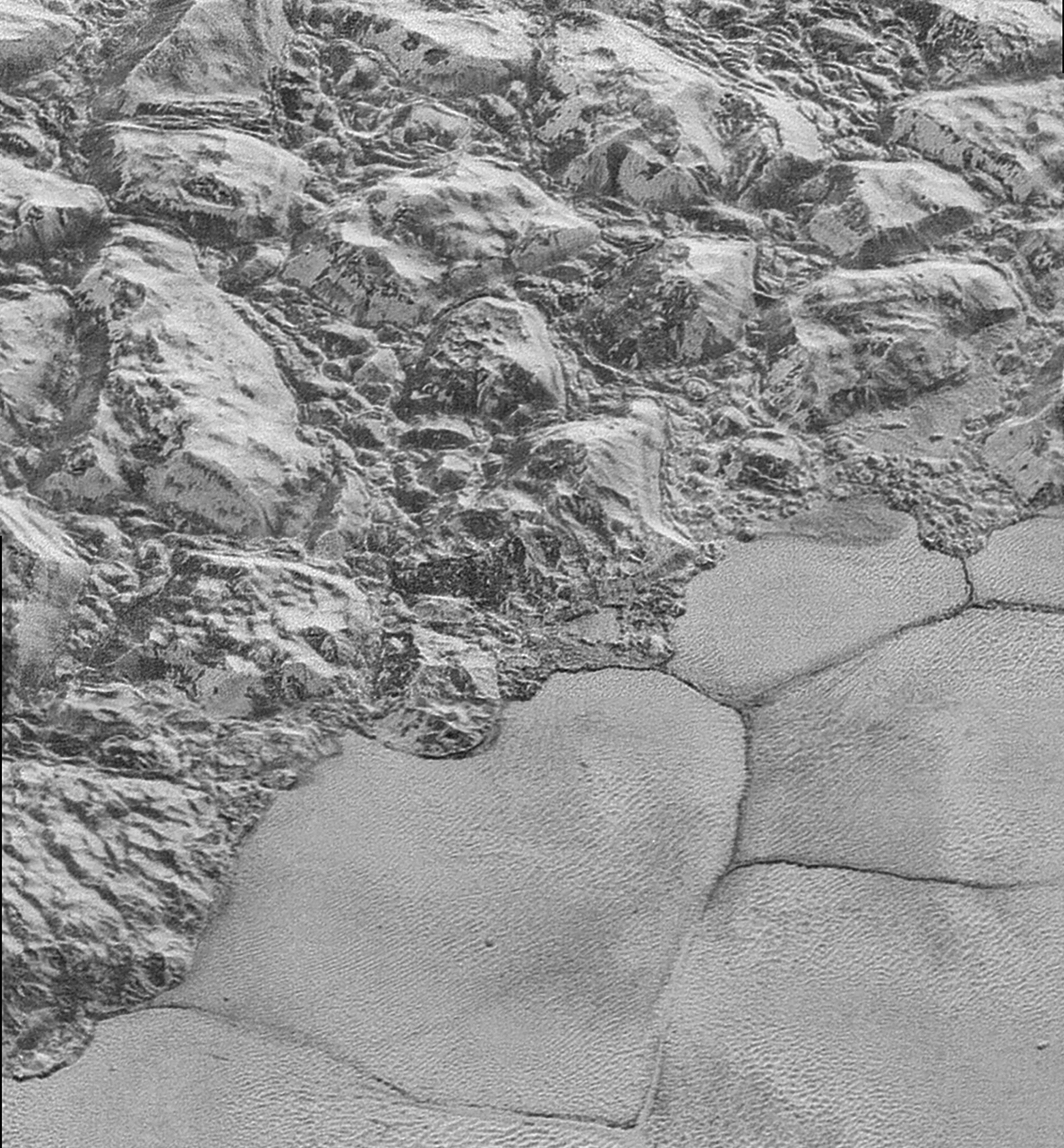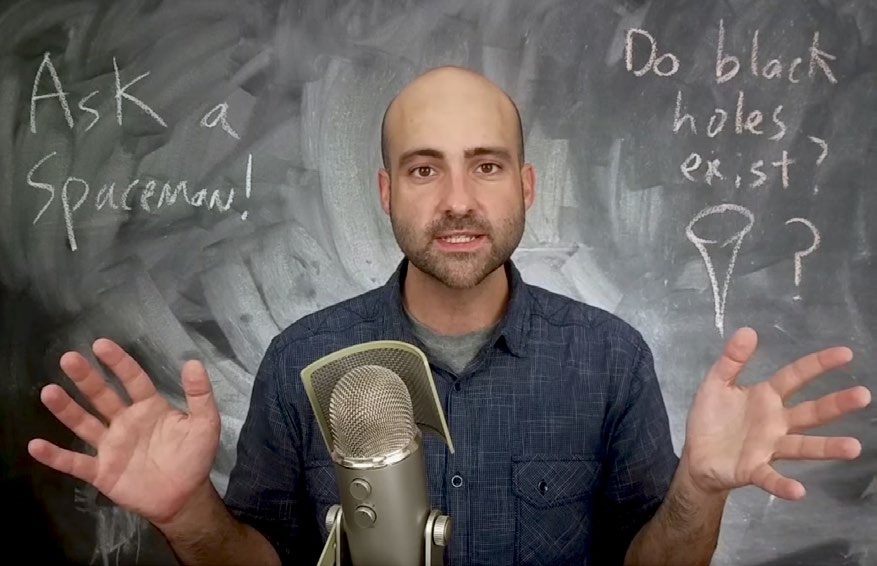'Ask a Spaceman' Series Launches with Trip to Pluto
Sutter, a columnist at Space.com, has said he intends to use this series to look at the universe's most extreme mysteries. Pluto may seem less dramatic than the physics of wormholes or powerful magnetars — potential topics for later episodes — but Sutter's new show presented by Space.com, which debuts on Facebook Watch today (Aug. 15), makes a strong argument otherwise.
"Today, we're going to talk about everybody's favorite planet, then not a planet, and then some of us wish it was a planet, and we argue about it, but it doesn't matter!" Sutter begins. "What matters is that you may not realize that this little world of Pluto is one of the most fascinating places in the universe, and it has a lot of surprises in store for us."
Every episode of "Ask a Spaceman" responds to questions readers ask Sutter online. And this first episode for Facebook, made in partnership with Space.com, is a culmination of many questions about the dwarf planet and the New Horizons mission that investigated the distant world. (New Horizons is now headed onward to the object MU69, but scientists are still sorting through the probe's many revelations about the Pluto system.)
The episodes will be released on Wednesdays at 12 p.m. EDT (1600 GMT), so "like" the page or check back later to see more. But for now, head on over to hear about your favorite ex-planet's frigid heart, floating ice mountains and surprising inner life.
Email Sarah Lewin at slewin@space.com or follow her @SarahExplains. Follow us @Spacedotcom, Facebook and Google+. Original article on Space.com.
Breaking space news, the latest updates on rocket launches, skywatching events and more!

Sarah Lewin started writing for Space.com in June of 2015 as a Staff Writer and became Associate Editor in 2019 . Her work has been featured by Scientific American, IEEE Spectrum, Quanta Magazine, Wired, The Scientist, Science Friday and WGBH's Inside NOVA. Sarah has an MA from NYU's Science, Health and Environmental Reporting Program and an AB in mathematics from Brown University. When not writing, reading or thinking about space, Sarah enjoys musical theatre and mathematical papercraft. She is currently Assistant News Editor at Scientific American. You can follow her on Twitter @SarahExplains.


